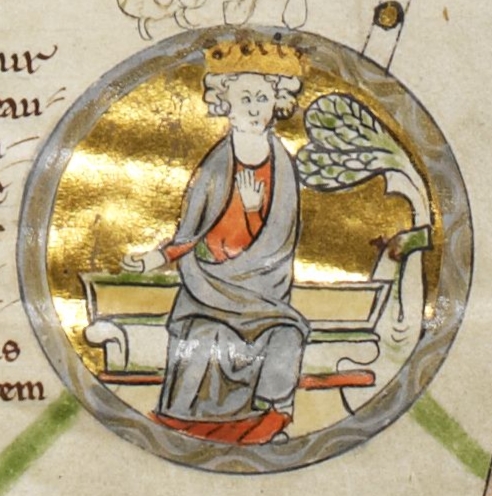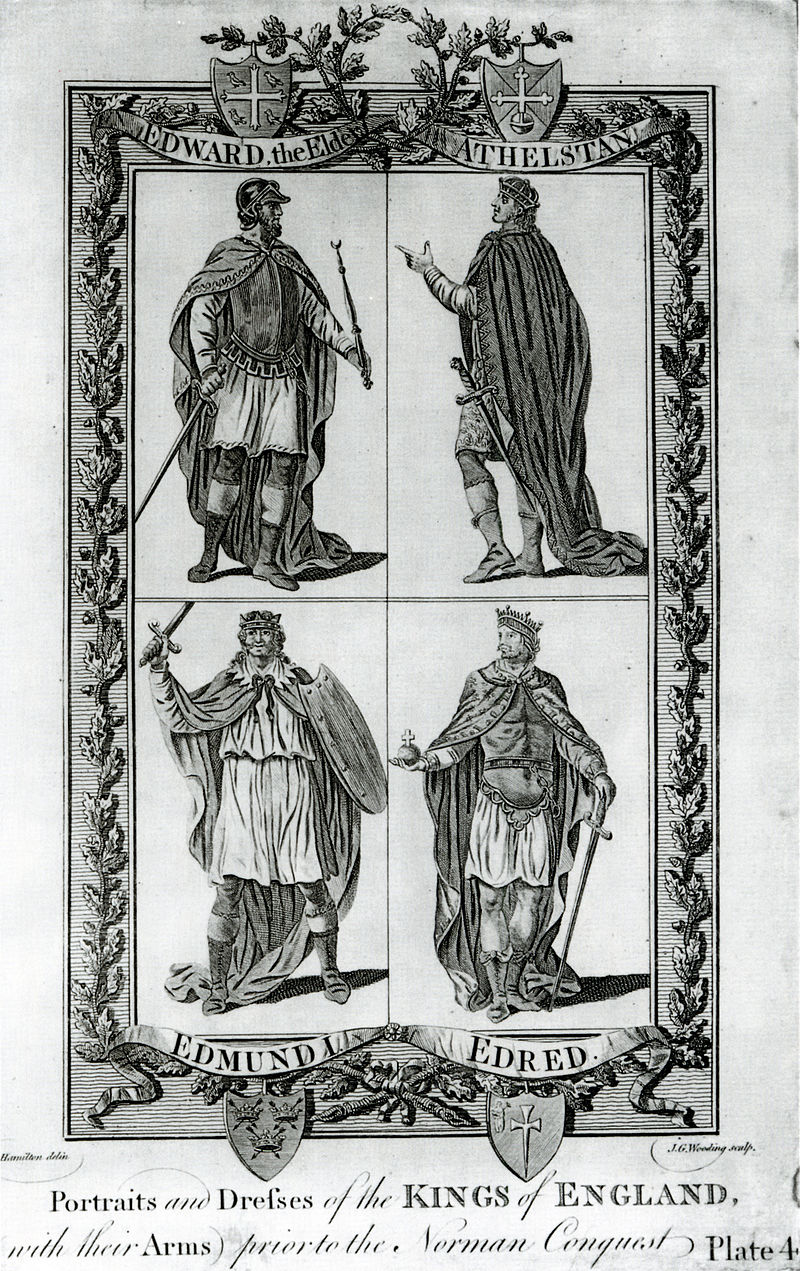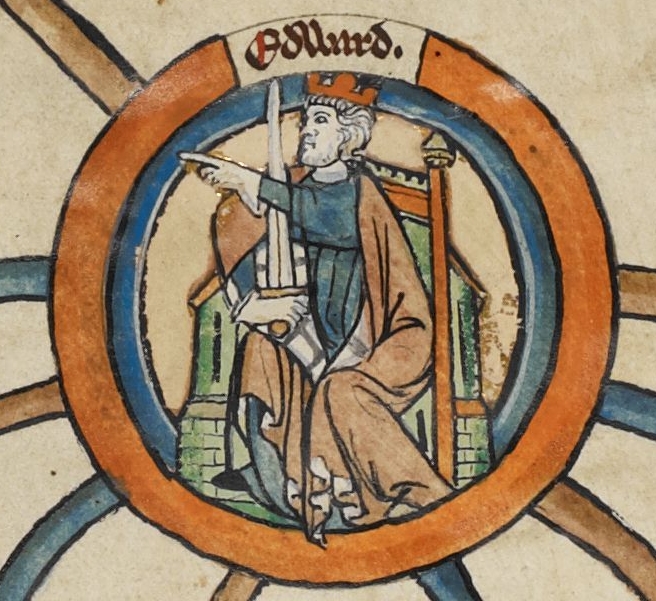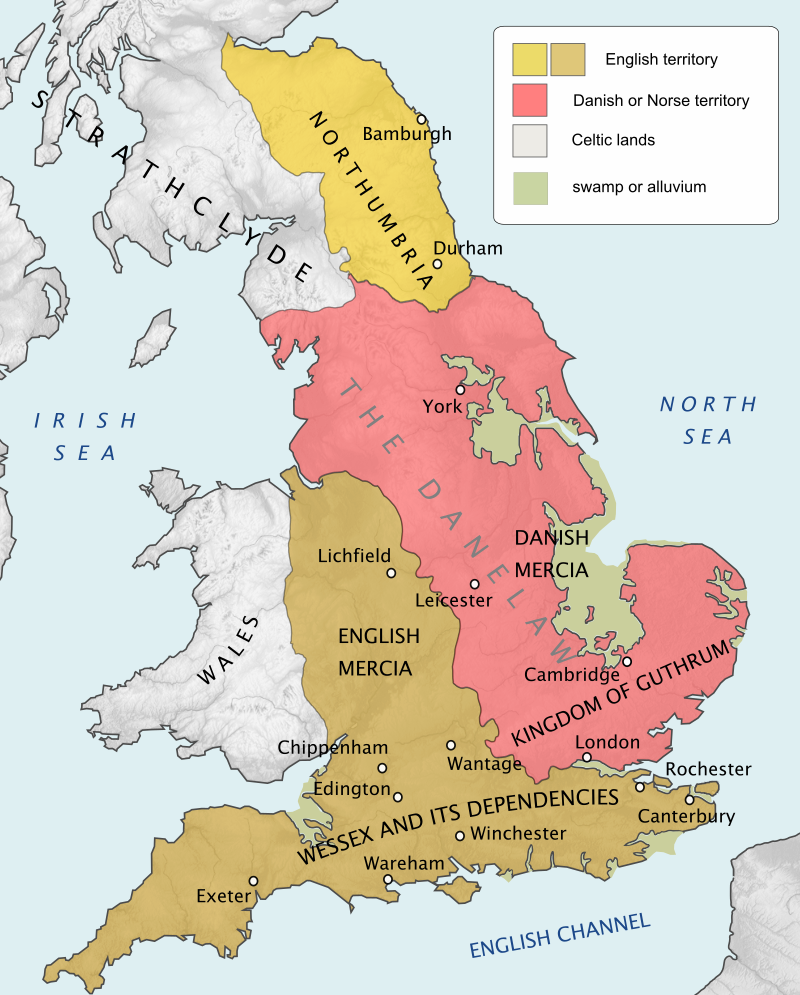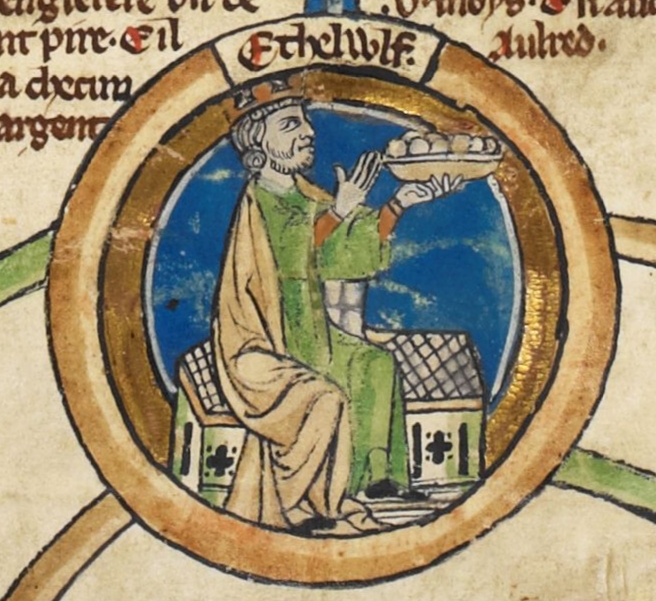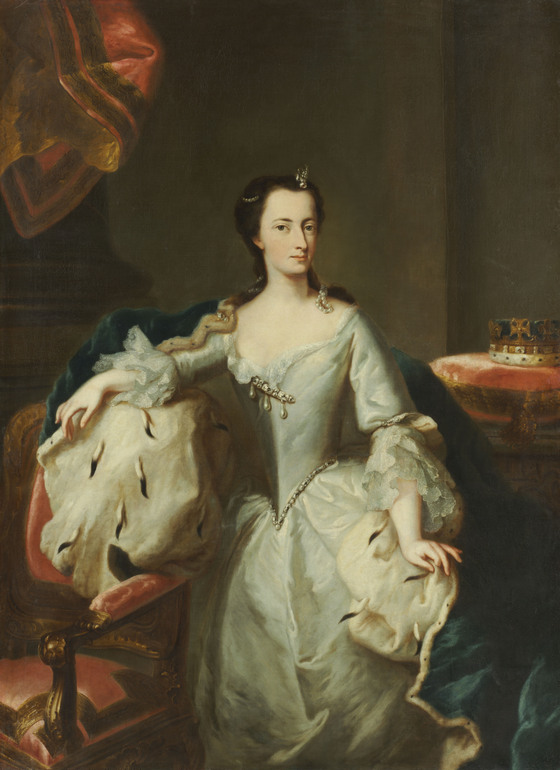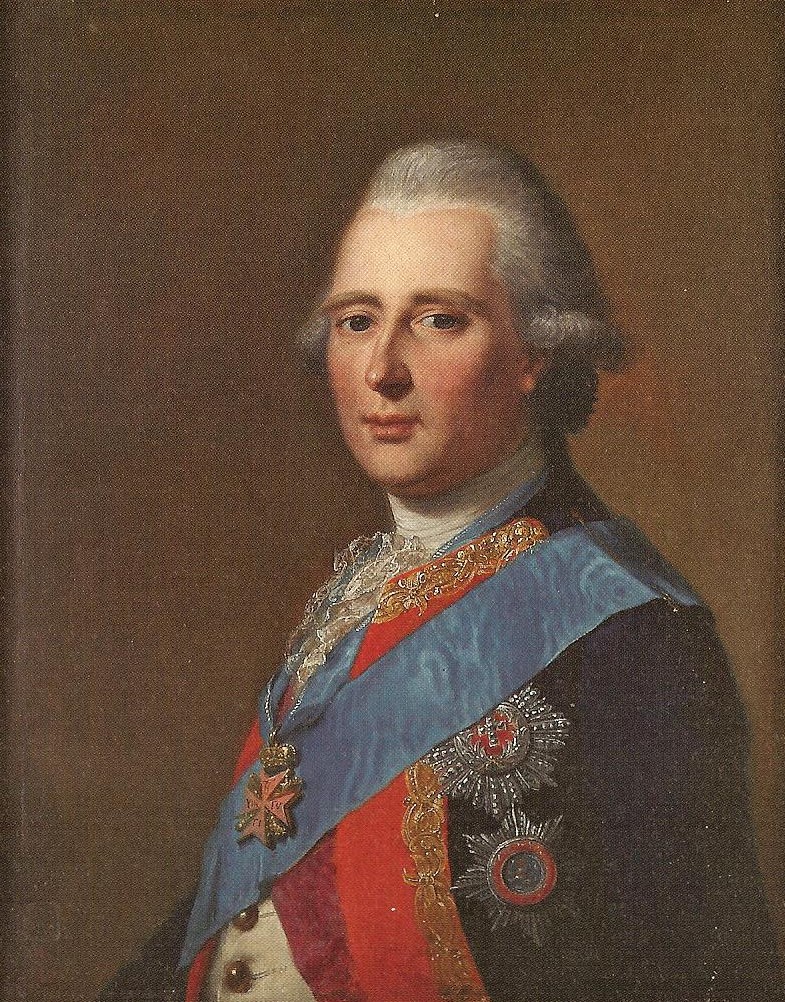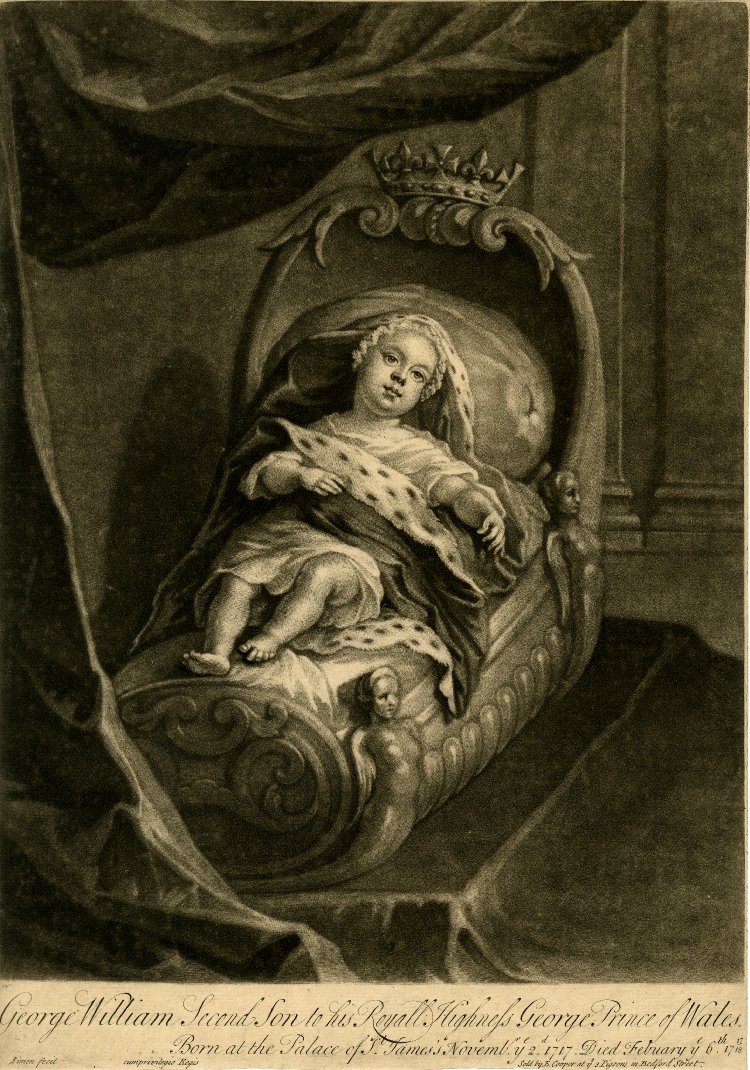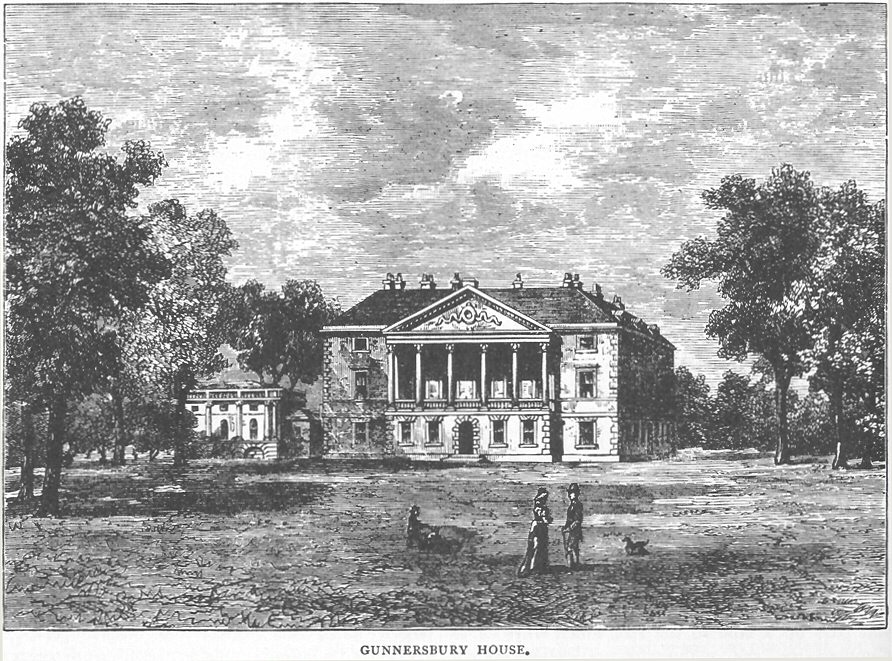by Susan Flantzer © Unofficial Royalty 2019

Eadwig, King of the English; Credit – Wikipedia
Born about 940, Eadwig, sometimes called Edwy, was a teenage King of the English for less than four years. He was the elder of the two sons of Edmund I, King of the English and Ælfgifu of Shaftesbury. Eadwig had one younger brother:
- Edgar the Peaceful, King of England (circa 943 – 975), married (1) Æthelflæd (mistress?), had one child Edward the Martyr, King of England (2) Saint Wulfthryth (mistress?), had one daughter (3) Ælfthryth, had two sons including Æthelred II the Unready, King of England
On May 26, 946, Eadwig’s father King Edmund I was murdered while celebrating the feast of St. Augustine of Canterbury at a royal hunting lodge in Pucklechurch, north of Bath, England. Because Edmund’s two sons were very young, he was succeeded by his 23-year-old brother Eadred. When King Eadred died on November 25, 955, his successor was his 15-year-old nephew Eadwig, the elder son of his brother King Edmund I.

King Eadwig; Credit – Wikipedia
The young king almost immediately began arguing with his uncle Eadred’s advisors, particularly with Dunstan, a future Archbishop of Canterbury and saint, who was then Abbot of Glastonbury. According to The Life of St. Dunstan, written around the year 1000 by a monk known only as “B”, the feud with Dunstan began the day of Eadwig’s coronation in 956. Eadwig had left the coronation banquet and Oda, Archbishop of Canterbury sent Dunstan to find Eadwig. The young king had tired of the banquet and had retired to his apartments with Ælfgifu, a young woman he had fallen in love with, and her mother Æthelgifu. Ælfgifu was Eadwig’s third cousin and this relationship would have precluded marriage on the grounds of consanguinity. When Eadwig refused to return to the banquet, the infuriated Dunstan dragged him back to the banquet. Soon after, Eadwig secretly married Ælfgifu and exiled Dunstan.

Drawing by Samuel Wale, entitled “The Insolent Behaviour of Dunstan to King Edwy on the Day of his Coronation Feast.” in Thomas Mortimer’s New History of England. 3 vols: vol. 1. 1764-6; Credit – Wikipedia
In 957, the Mercians and Northumbrians revolted and chose Eadwig’s brother Edgar as king of the country north of the River Thames. However, the south of England remained loyal to Eadwig. Edgar’s advisers recalled Dunstan from his exile and he was made Bishop of Worcester in 957 and then Bishop of London the following year. In 958, Archbishop Oda annulled Eadwig’s marriage for consanguinity, a decision that was likely more political than religious. A child of Eadwig and Ælfgifu would certainly have had a better claim to the throne than Eadwig’s brother Edgar. This would have affected the power of Oda, Dunstan, and of course Edgar.
On October 1, 959, Eadwig died at around the age of nineteen in Gloucester in what some consider suspicious, but certainly unknown, circumstances. He was buried in the New Minster in Winchester but nothing is known about the later fate of his remains. As Eadwig did not have children, his brother Edgar succeeded him and reunified England. Eadwig’s former wife Ælfgifu appears to have reconciled with King Edgar and she made substantial donations to monasteries. She was buried in the New Minster in Winchester upon her death.
This article is the intellectual property of Unofficial Royalty and is NOT TO BE COPIED, EDITED, OR POSTED IN ANY FORM ON ANOTHER WEBSITE under any circumstances. It is permissible to use a link that directs to Unofficial Royalty.
England: House of Wessex Resources at Unofficial Royalty
- Unofficial Royalty: House of Wessex Index
- Unofficial Royalty: British Royal Burial Sites: House of Wessex
- Unofficial Royalty: Coronations before the Norman Conquest (871 – 1066)
Works Cited
- Ashley, M. (1998). The Mammoth Book of British Kings & Queens. New York: Carroll & Graf Pub.
- Cannon, J. and Griffiths, R. (1988). The Oxford Illustrated History of the British Monarchy. Oxford: Oxford University Press.
- Dodson, A. (2004). The Royal Tombs of Great Britain. London: Duckworth.
- En.wikipedia.org. (2019). Eadwig. [online] Available at: https://en.wikipedia.org/wiki/Eadwig [Accessed 18 Feb. 2019].
- Fr.wikipedia.org. (2019). Eadwig. [online] Available at: https://fr.wikipedia.org/wiki/Eadwig [Accessed 18 Feb. 2019].
- Williamson, D. (1998). Brewer’s British Royalty. London: Cassell.




